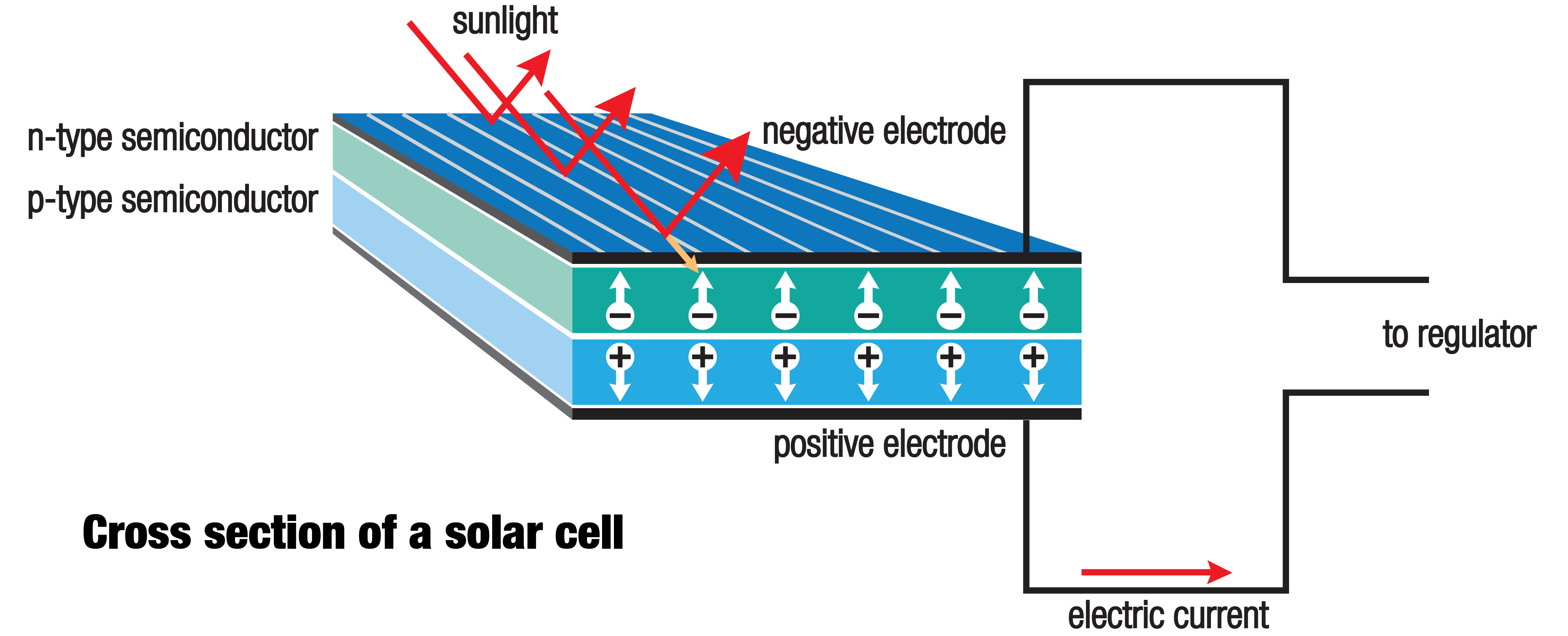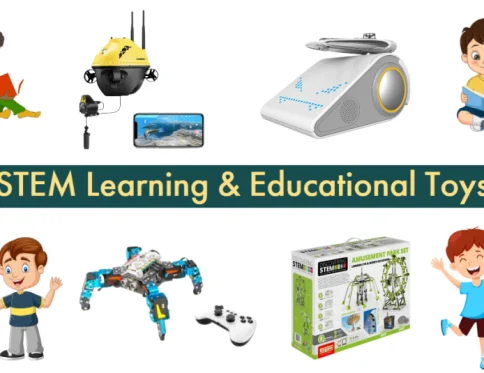Understand Solar Energy and Practical Application
Solar cells depend on a solar array that uses photovoltaic cells (PV cells) to convert sunlight into electricity. Solar thermal energy first converts solar energy to heat which then is converted to electricity. PV cells directly convert sunlight into electricity. When sunlight (photons) strike PV cells, they excite electrons and allow them to flow, creating an electric current.

Photovoltaic cells are made of semiconductor materials such as silicon and alloys of indium, gallium and nitrogen. Crystalline silicon is the most common material used and has an efficiency rate of 15-20%.
14 in 1 DIY Robot helps understand concept of solar energy along with enhancing creativity among kids and Eco house toy provides a practical experience in using solar energy in daily life.
Solar batteries are the arteries of any efficient solar panel system. In some cases, they are like Kryptonite is to Superman; without the batteries, the system is powerless. Batteries store the energy produced by the sun and solar panels, allowing the energy to be used as needed through an inverter.
 100% Australian owned
100% Australian owned







